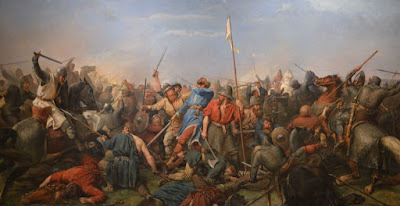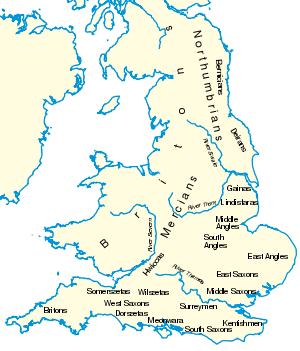Ohthere claimed that he lived in the extreme north of Norway. Hålogaland has been identified with the far north, today called Nord-Norge. He seems to have been quite wealthy, claiming to own a herd of 600 reindeer, and also making his money from whaling, walrus-hunting, and tribute from Lapps.
According to the account tacked onto Orosius:
Ohthere told his lord, King Alfred, that he lived northernmost of all the Northmen. He said that he lived in the north of the country by the West Sea. He said though the land stretches a long way north from there, yet it is completely unpopulated except for a few places here and there, where Finnas [Sami] camp, hunting in winter and fishing by the sea in summer. [source]
He was some kind of leader who received tribute from the Lapps:
That tribute consists in animal skins, bird feathers, whalebone and in ship's ropes made from the hide of whales and seals. Each one pays according to his rank. The noblest must pay fifteen marten skins, and five reindeer, and one bear skin, and ten ambers of feathers, and a bear, or otter-skin coat, and two ship's ropes, both to be sixty ells long, one to be made of whale's hide, the other of seal's. [source]
He also refers to the usefulness of walrus bones and that he brought some to give to Alfred.
He traveled widely, sometimes just for the sheer joy of discovery it seems. He describes sailing up the coast of Norway and going "over the top" and south again to what is called the White Sea, finding wasteland. At so me point he traveled to England, where he met Alfred. He offers the earliest details in England of what the Scandinavian countries were like. In fact, his account is the earliest use we know of the term "Norway" (norðweg), as well as the name "Denmark" (dena mearc).
Ohthere's account brings up a question I never thought of: if they hunted whales in the Middle Ages, how did they go about it? How dangerous was it in their smaller ships? Tomorrow let's talk about the feasibility of whaling in the Middle Ages.




du.jpg)














